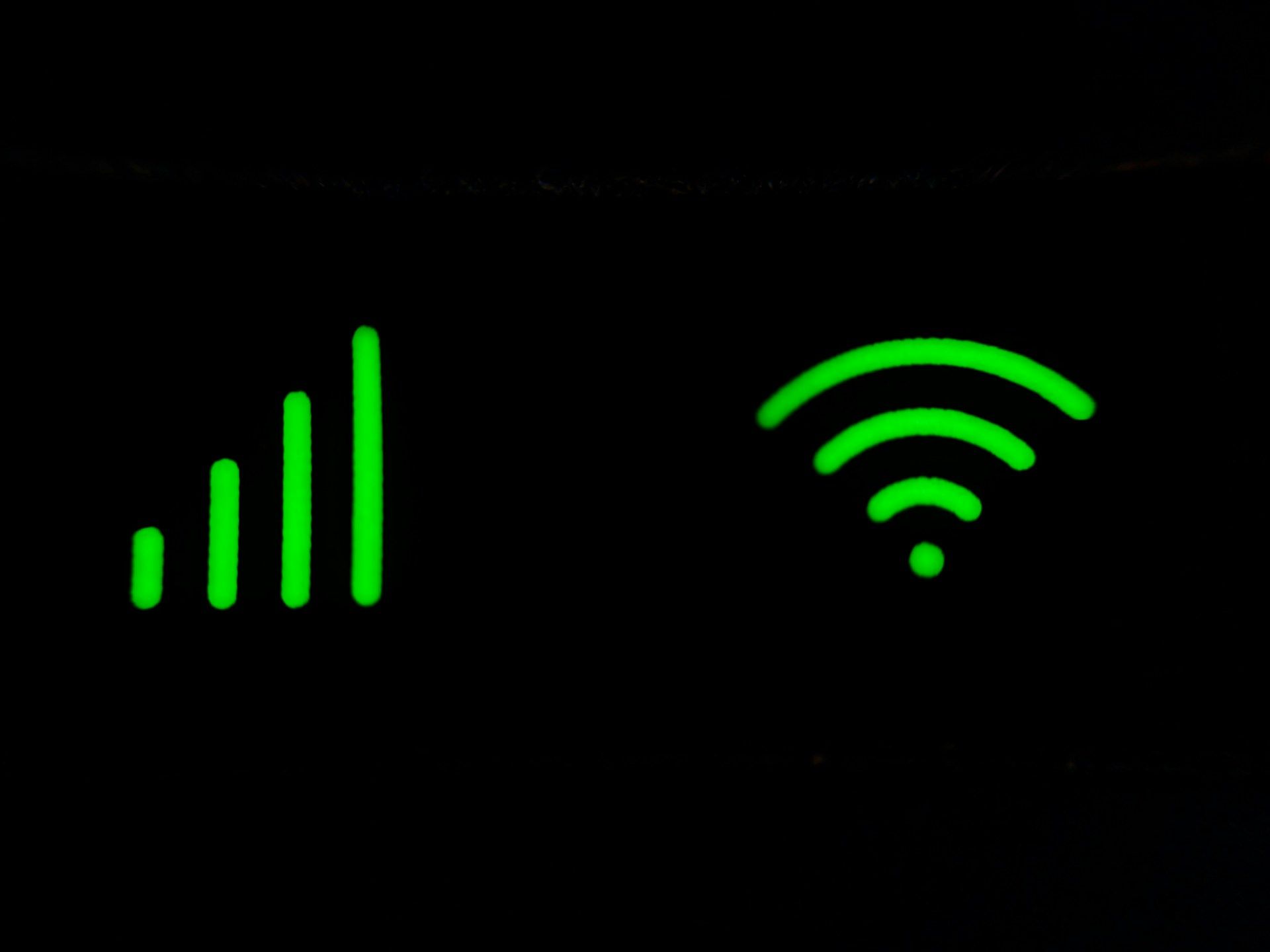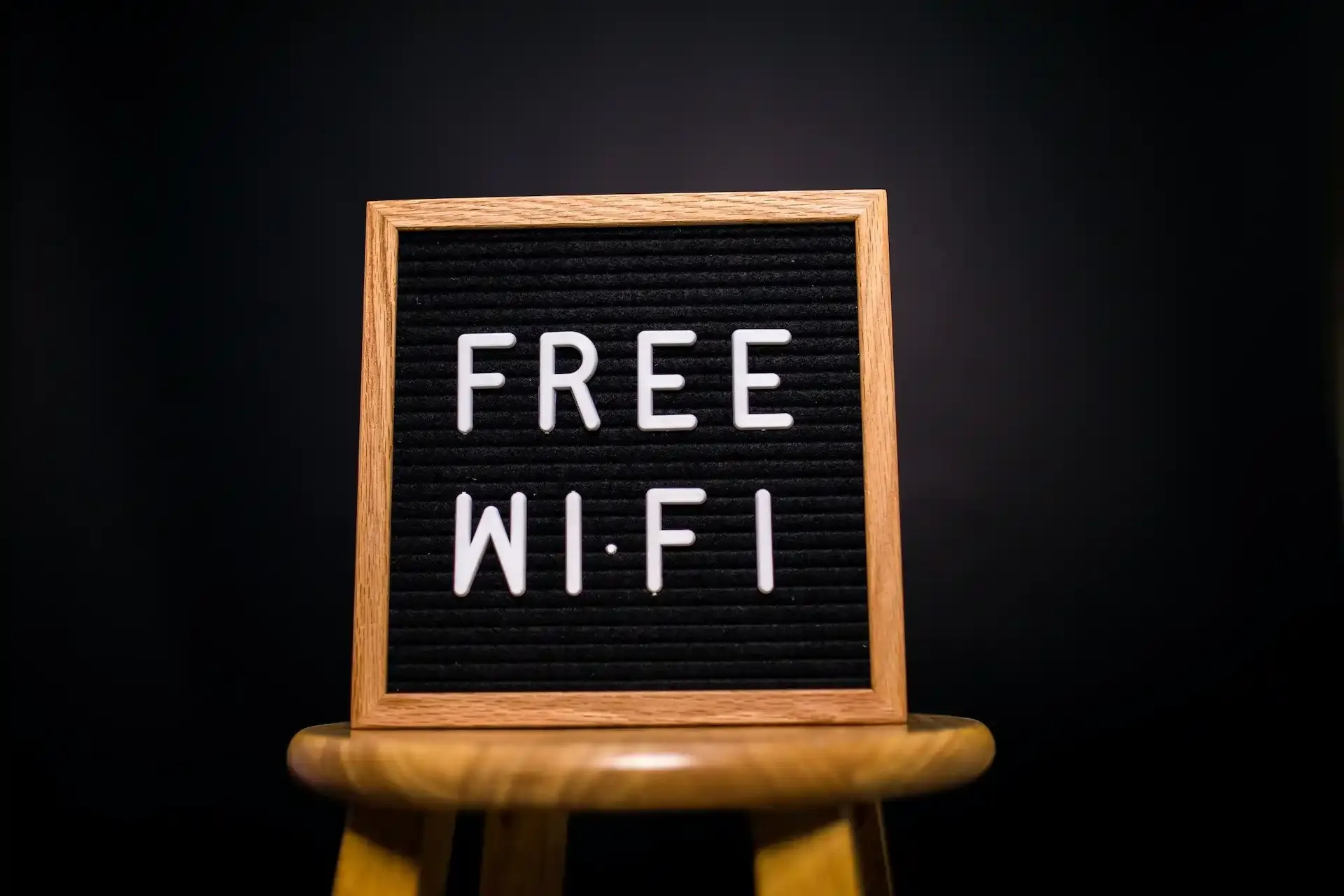eSIM
Wi-Fi Assist on iPhone: What It Is, How It Works, and When to Turn It Off
How Wi-Fi Assist on iPhone affects your data, and when to turn it off for travel, streaming, or roaming.
TL;DR: Wi-Fi Assist on iPhone automatically switches to cellular data when your Wi-Fi signal is weak, keeping you online without interruptions. While convenient, it can quietly increase your data usage. Learn how Wi-Fi Assist works, its pros and cons, how to turn it on/off, and how to avoid unexpected charges, especially when traveling with an eSIM.
If you’ve just upgraded to the new iPhone 17, Wi-Fi Assist is still part of iOS. And with eSIM-only models now standard, it’s even more important to understand how features like this affect your mobile data usage.

What Is Wi-Fi Assist on iPhone?
Wi-Fi Assist is a built-in iOS feature (introduced in iOS 9) designed to give you a seamless internet connection.
When your iPhone detects that your Wi-Fi signal is too weak or unstable — for example, moving away from your home router or using crowded public Wi-Fi — it automatically “assists” by switching to cellular data.
⚠️ Important: Wi-Fi Assist doesn’t boost your Wi-Fi signal; it simply fills the gap with mobile data. This ensures your browsing, streaming, or navigation isn’t interrupted, but it can also consume more of your data allowance than you might expect. 👉 For more ways to manage mobile data, see our guide on why you may be using mobile data so fast.
How Wi-Fi Assist Affects Your Cellular Data
When active, Wi-Fi Assist changes how your iPhone uses data. Here’s what happens in the background:
- Seamless connectivity: Apps like Maps, Mail, or Safari won’t stall when Wi-Fi drops.
- Streaming continuity: Services such as Spotify, Apple Music, and YouTube keep running — though that also means more cellular data. Curious about app-specific data needs? See how much data Spotify and Apple Music use or how much data TikTok uses.
- Navigation reliability: Tools like Google Maps will keep working even if café Wi-Fi lags. Learn more in our guide on how much data Google Maps uses.
- Background tasks: Email sync, iCloud updates, and auto-downloads can continue using cellular if Wi-Fi Assist steps in.
Pros: Why You Might Keep Wi-Fi Assist On
- Uninterrupted browsing and calls: No more sudden page reloads or dropped FaceTime calls.
- Convenience: No need to toggle Wi-Fi or data manually.
- Essential apps stay stable: Music streaming, navigation, and cloud tools keep running without buffer.
Cons: Why You Might Turn Wi-Fi Assist Off
Unexpected data usage: Since it quietly uses mobile data, you may burn through your plan faster. If you’re tracking limits, see our guide on how to track data usage.
Data-intensive apps get costly: Streaming HD Netflix or TikTok videos can quickly drain gigabytes. We break this down in how much data Netflix uses and how much data YouTube uses.
International roaming risk: When traveling, Wi-Fi Assist might quietly trigger expensive roaming. If you’re abroad, it’s safer to use an eSIM (like Nomad eSIM) or at least learn how to check roaming data usage.
👉 If you’re new to eSIM, start with our primer on what an eSIM is to understand the basics. And if security is on your mind, our explainer on whether eSIMs are safe clears up the myths. For more general tips, see our guide on why you might be using mobile data so fast.
How to Turn Wi-Fi Assist On or Off?
Turning Wi-Fi Assist on or off is simple:
- Open Settings on your iPhone.
- Tap Cellular or Mobile Data.
- Scroll down to the bottom of the list of apps, and you’ll see Wi-Fi Assist.
- Toggle the switch to turn it on or off.
Wi-Fi Assist and Travel eSIMs: Smarter Data Control Abroad
When traveling internationally, Wi-Fi Assist can be both helpful and risky. It keeps your connection stable when hotel or café Wi-Fi is weak, but if you’re on a limited roaming plan, it can quickly consume more data than expected.
This is especially relevant with the new iPhone 17’s eSIM-only design, where roaming charges can add up fast. A safer approach is pairing Wi-Fi Assist with a Nomad eSIM. With Nomad eSIM, you get transparent data usage, affordable regional and global plans, and in-app monitoring, so Wi-Fi Assist works for you, not against you, and your trip stays bill-shock free.
Conclusion: Should You Use Wi-Fi Assist on iPhone?
Wi-Fi Assist is a smart iPhone feature that helps you stay connected by seamlessly switching to cellular data when Wi-Fi is weak. For everyday use, especially on unlimited plans, it ensures uninterrupted browsing, streaming, and app performance. But for users on limited data plans, it can quietly increase mobile data usage if left unchecked.
For daily use on unlimited plans, leaving it on makes sense. But if you’re on a limited plan or traveling abroad, consider switching it off or pairing it with a Nomad eSIM to stay in control of your data budget.
Frequently Asked Questions (FAQs) about Wi-Fi Assist on iPhone
Does Wi-Fi Assist use my data plan?
Yes. It uses your iPhone’s mobile data when Wi-Fi is weak. For most users, Apple says this is only a small percentage of monthly usage, but heavy streamers may notice more.
Can I see how much data Wi-Fi Assist uses?
Apple doesn’t break it out separately, but you can track total data usage in iPhone settings. Resetting monthly stats helps you monitor trends.
Does Wi-Fi Assist work on all iPhones?
Yes, on iPhone 5s and newer (iOS 9+).
What about roaming?
Wi-Fi Assist does not activate while you are on international roaming. Still, check your data usage and consider Nomad eSIM for safer, cheaper connectivity.



